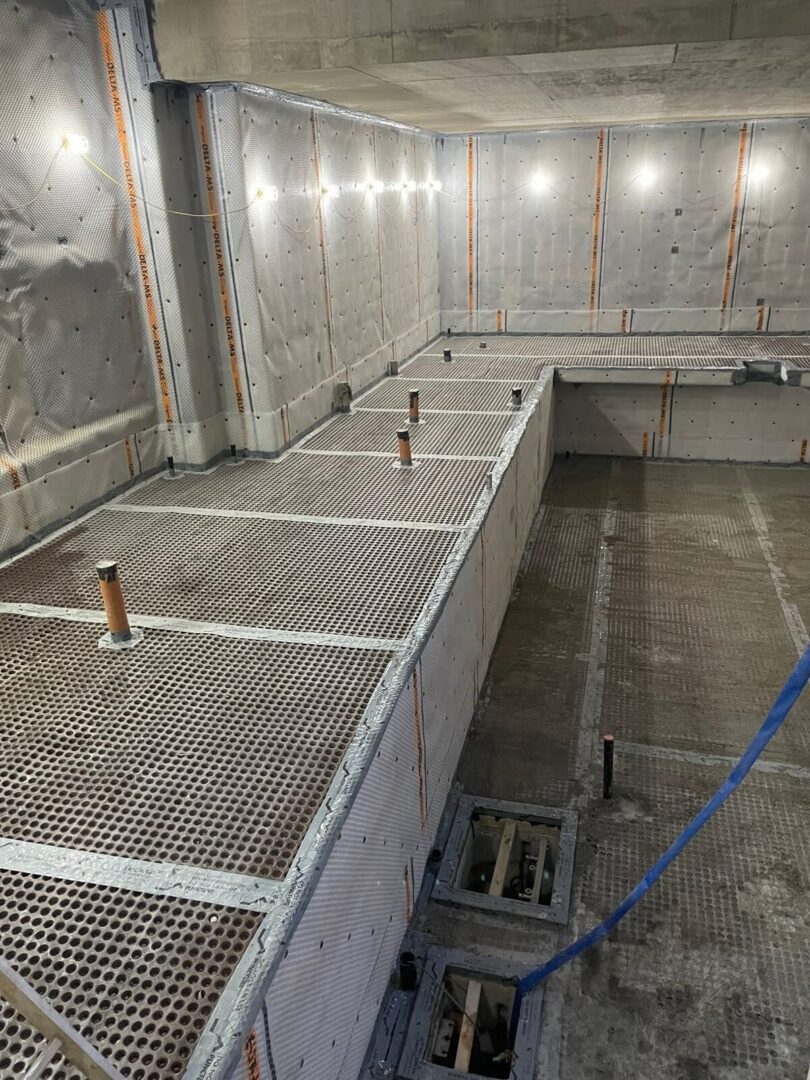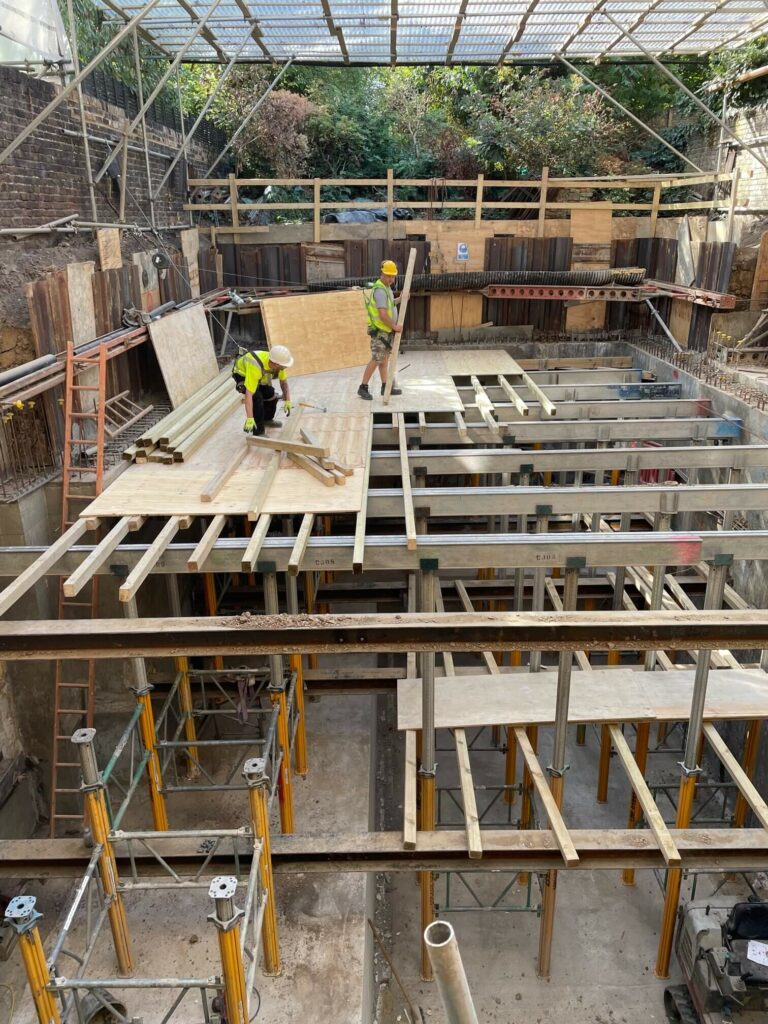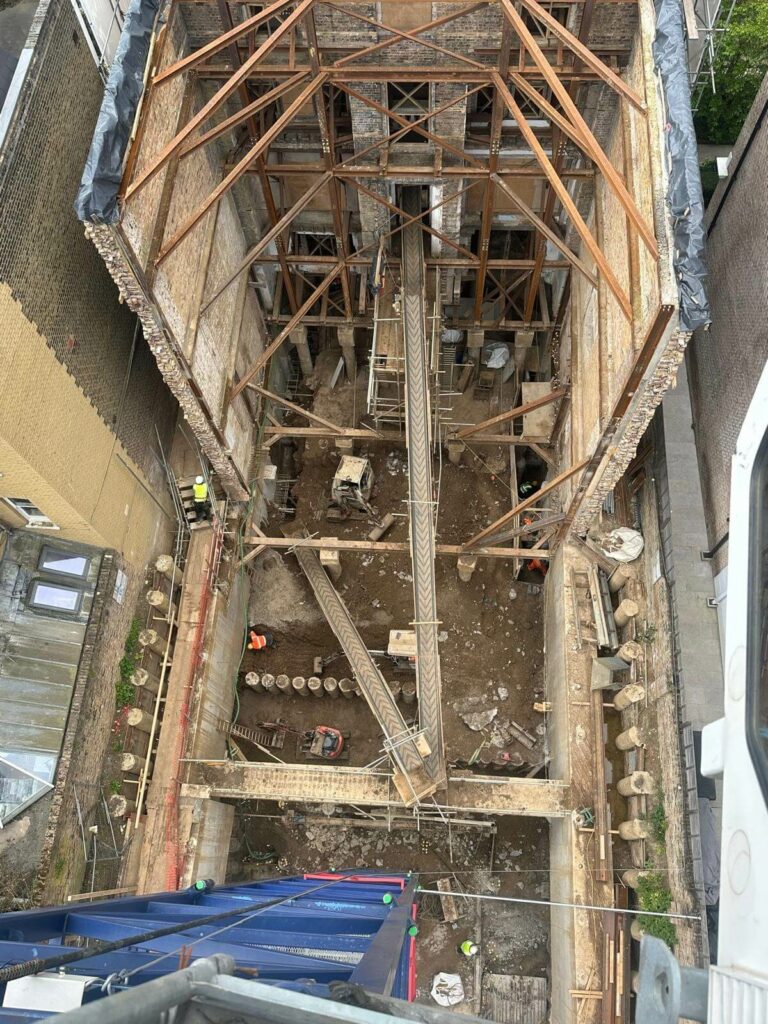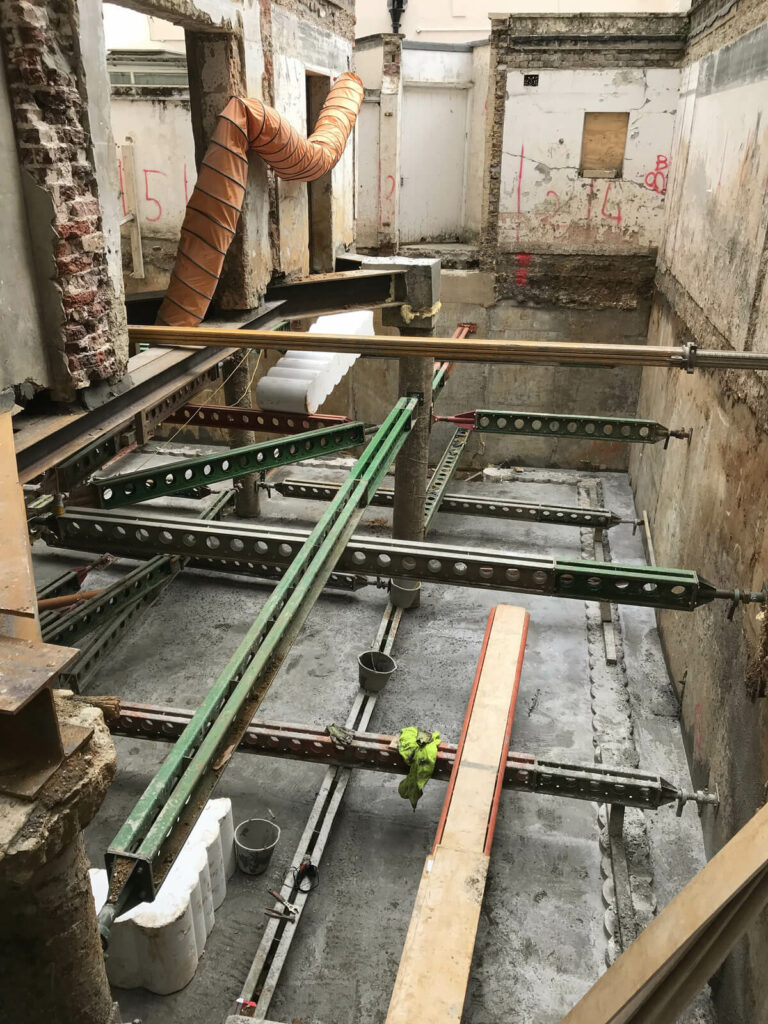Tanking and Structural waterproofing
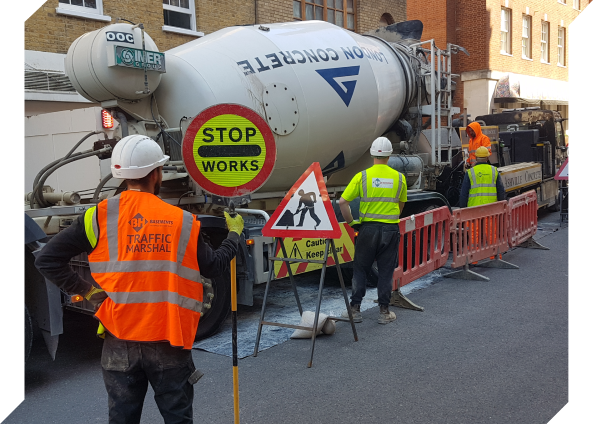
It is clearly recognised that this is always a significant concern for anyone instructing a basement. BH Basements have a wealth of experience in all forms of tanking from type A, B & C to ensure we will develop the best solution for the specific project at the very early design stage of the structure. Our systems are always designed by a CSSW qualified individual. Whilst we do all internal and external tanking in house we also work along side some of the other market leading external tanking companies so we ensure we are always able to offer a solution which we feel best suits the clients requirements in suitability, cost and warranty status.

Structural waterproofing in construction refers to the techniques and materials used to prevent the ingress of water into a building’s structure. It involves designing and implementing systems that ensure that the building remains dry and free from water damage. This is particularly important in below-ground structures such as basements and substructures, as well as in areas prone to high levels of moisture or rainfall.
Some common methods of structural waterproofing include:
Waterproof Membranes
These are thin layers of waterproof material applied to surfaces such as walls, floors, and roofs to prevent water penetration. Membranes can be made from materials such as bitumen, PVC, EPDM, or liquid-applied coatings.
Tanking
Tanking involves applying a waterproof coating or system to the inner surface of below-ground walls and floors to create a barrier against water ingress. This is often used in basements and other below-ground structures.
Cavity drainage systems
These systems involve installing a network of channels and drainage pipes within the structure to collect and redirect water away from the building. Waterproof membranes are typically used in conjunction with cavity drainage systems to provide additional protection.
Integral Waterproofing
This involves adding waterproofing agents directly to the concrete mix during construction to create a waterproof barrier throughout the structure. Integral waterproofing can help prevent water penetration through cracks and joints in the concrete.
External waterproofing
In this approach, waterproof membranes or coatings are applied to the exterior surfaces of the building to prevent water from reaching the structure in the first place. This can include techniques such
Effective structural waterproofing is essential for maintaining the integrity and longevity of a building, as water ingress can lead to a range of problems including dampness, mold growth, structural deterioration, and damage to interior finishes.a
Testimonials
Discover how our commitment to professionalism, excellence and forming relationships has developed BHB’s ascendancy within the industry over the last 12 years.
Featured Projects
Our collection of finished projects highlights BH Basements’ adaptability, technical proficiency, and unwavering commitment to quality control.
Get in Touch
For further information about BH Basements, please do not hesitate to get in touch. We are always happy to help.
